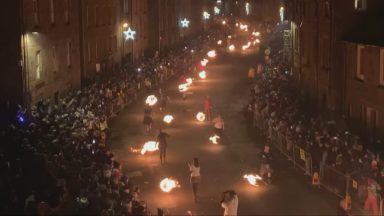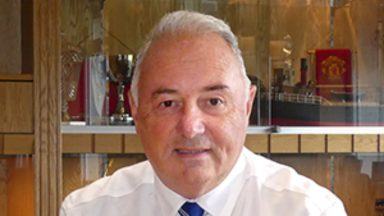Each year, Scots and Scots-at-heart come together to celebrate St Andrew, the patron saint of Scotland, on the country’s national day with a holiday and events showcasing Scottish culture.
St Andrew’s Day is the feast day of Andrew the Apostle and is celebrated every year on November 30.
In 1320, St Andrew officially became the patron saint of Scotland when the country’s independence was declared with the signing of The Declaration of Arbroath.
But despite being Scotland’s patron saint, St Andrew was not Scottish.
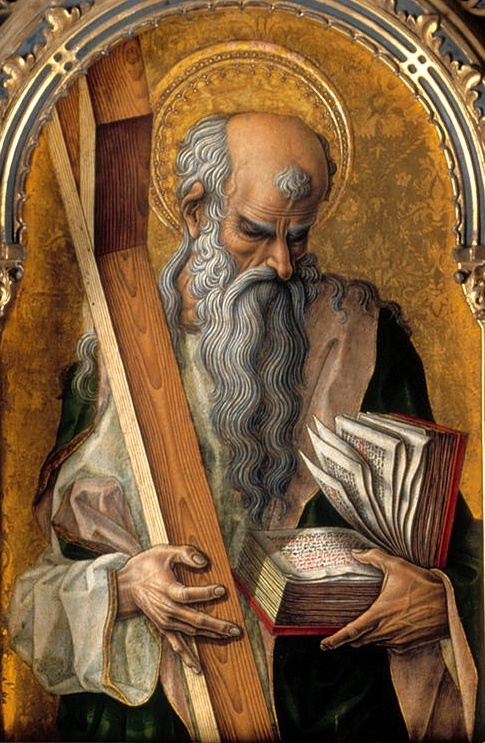 Carlo Crivelli
Carlo CrivelliHe was born in Bethsaida, Galilee in what is modern-day Israel.
And Scotland isn’t the only country to lay claim to the apostle. He is also the patron saint of Greece, Russia, Romania, Ukraine, Poland, Amalfi in Italy, and Barbados too.
He is also patron saint of the Order of the Thistle, one of the highest ranks of chivalry in the world, second only to the Order of the Garter.
Not much is known about St Andrew. He is believed to have been born between 5 AD and 10 AD.
Christians believe he went on to become one of the 12 people chosen by Jesus to be his closest disciples, known as the apostles.
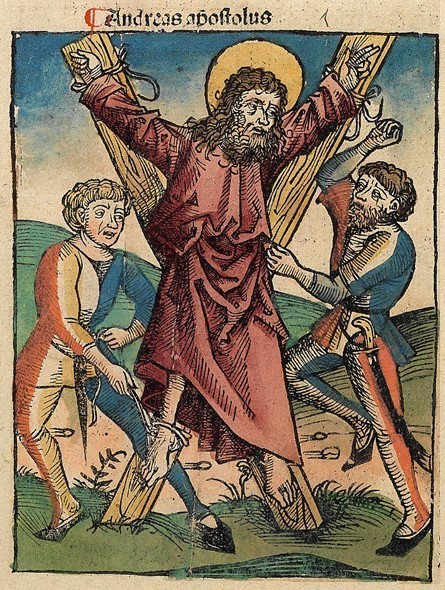 Hartmann Schedel/Schedelsche Weltchronik
Hartmann Schedel/Schedelsche WeltchronikTogether with his brother, Simon Peter, Andrew was a fisherman in Galilee before laying down his nets to follow Jesus.
He was sentenced to death by crucifixion by the Romans in Greece, but asked to be crucified on a diagonal cross as he felt he wasn’t worthy to die on the same shape of cross as Jesus.
We don’t know exactly how he came to be our patron saint, but one legend suggests that in 832 AD, an army of Scots under King Angus faced certain defeat surrounded by Saxons.
Fearing the worst, the king led prayers and then saw a cloud formation of a white Saltire in the blue sky.
Angus vowed that if, with Andrew’s help, he won, he would make him the patron saint of Scotland.
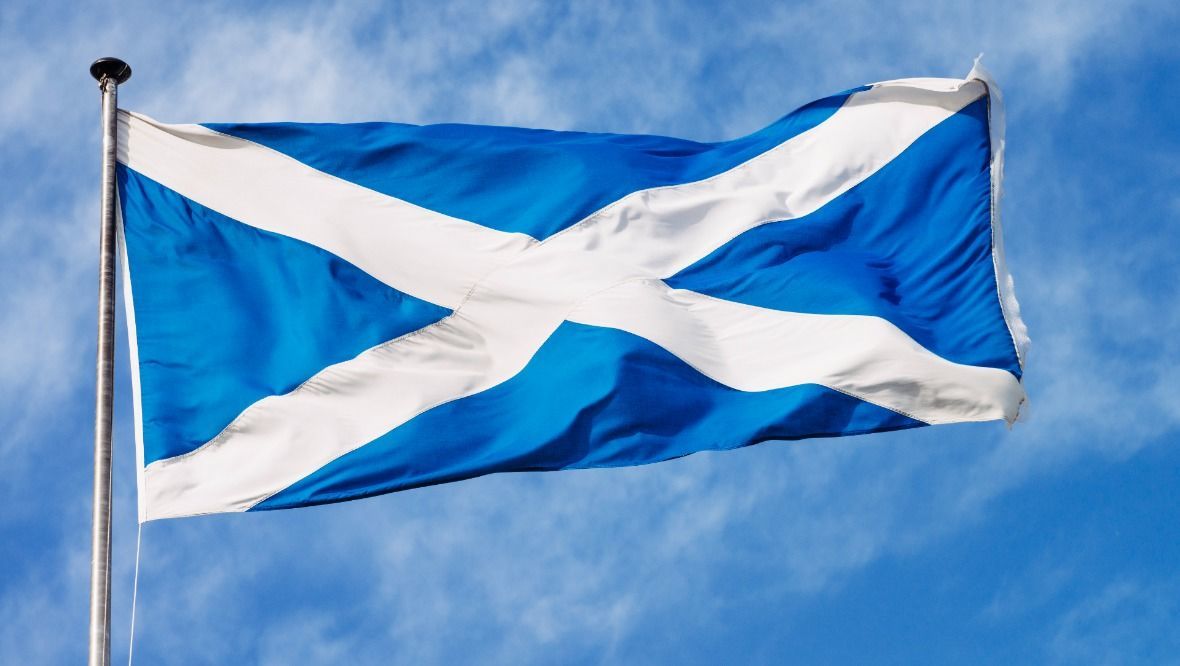 iStock
iStockThe Scots won and this diagonal cross is now used on the Scottish flag – the Saltire – believed to be the oldest flag in Europe.
Legend says that relics of the saint were brought from Patras in Greece to Kinrymont in Fife in the fourth century by St Regulus, after he was shipwrecked off the east coast.
The church at Kinrymont became the cathedral of St Andrews and soon became a major centre for medieval pilgrimage.
Despite being Scotland’s patron saint for hundreds of years, it wasn’t until the 18th century that the popular celebration of his day became common.
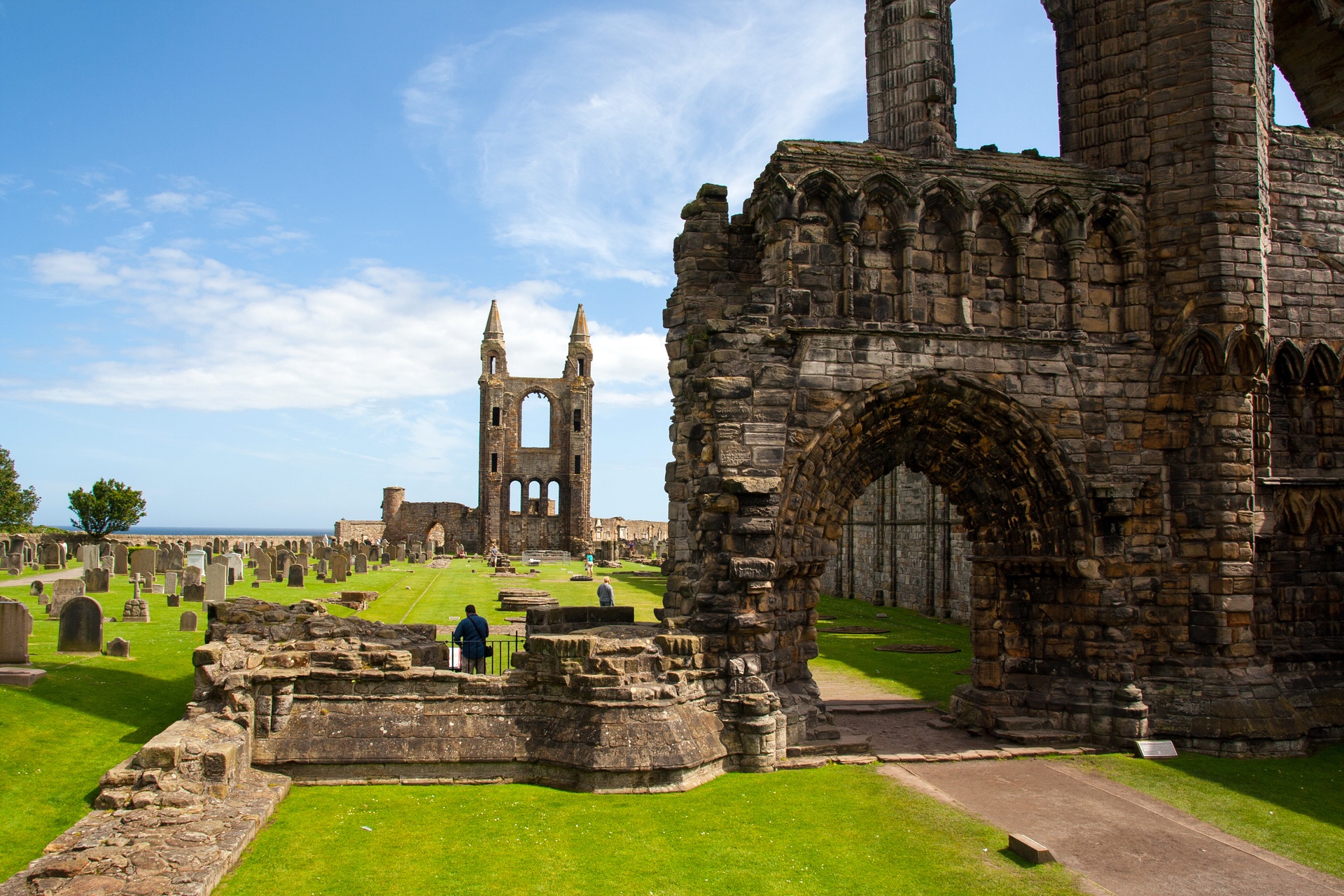 iStock
iStockIndeed, November 30 only became the traditional date after it was popularised by a group of Scottish ex-pats living in the USA.
Today, it is an opportuntiy to celebrate the very best of Scottish culture with lots of delicious food and drink, music and ceilidh dancing, with parties going into the wee small hours of the night.
In 2006, the Scottish Parliament declared St Andrew’s Day a bank holiday.
Follow STV News on WhatsApp
Scan the QR code on your mobile device for all the latest news from around the country


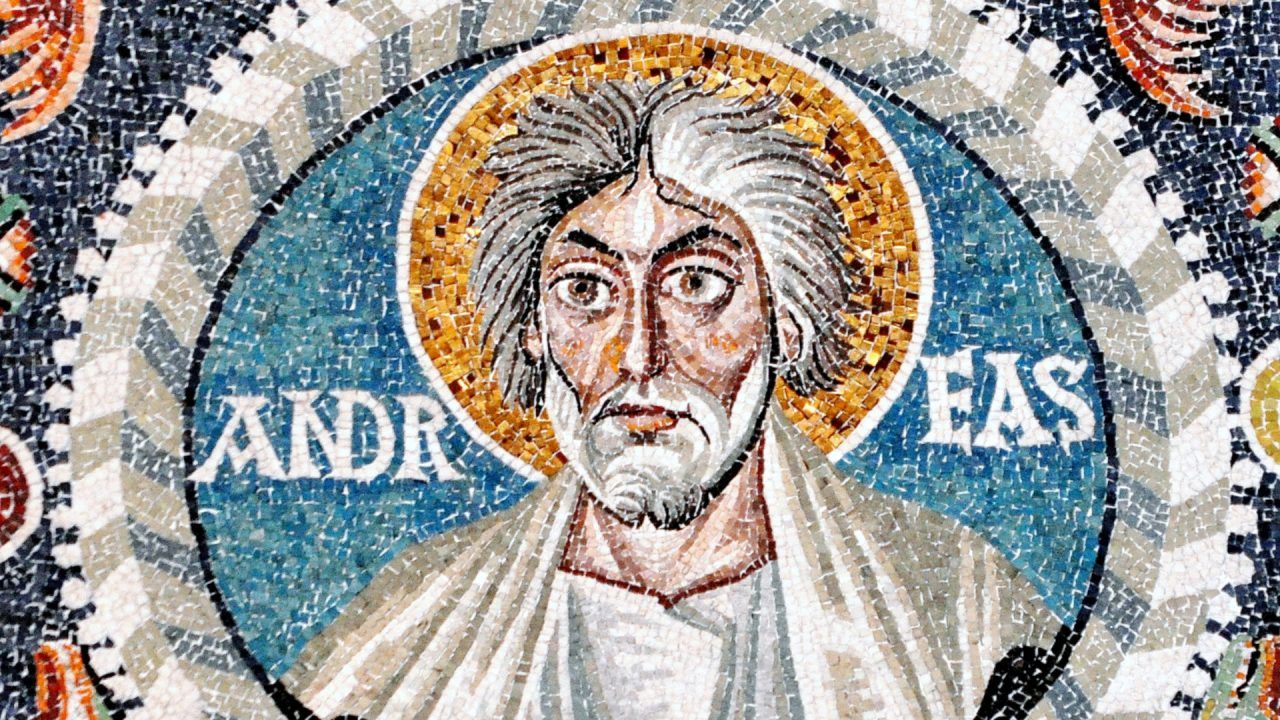 Richard Mortel, Andrew the Apostle. Detail of the mosaic in the Basilica of San Vitale. Ravena, Italy, CC BY 2.0
Richard Mortel, Andrew the Apostle. Detail of the mosaic in the Basilica of San Vitale. Ravena, Italy, CC BY 2.0




